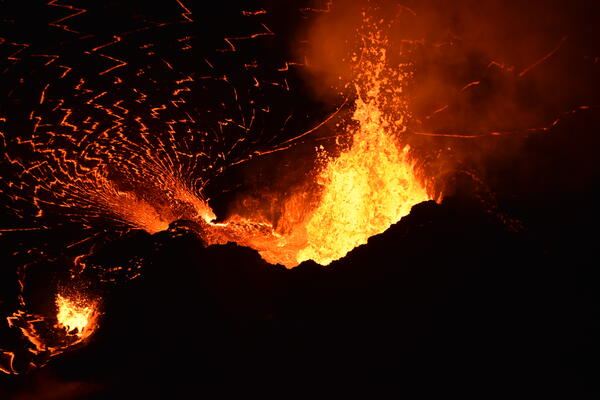Example initial analyses on the water temperature data
Example initial analyses on the water temperature dataExample initial analyses on the water temperature data. (a, c) Graphs showing the calculated time between eruptions. (b, d) Histograms demonstrating the distribution of eruption intervals.






















